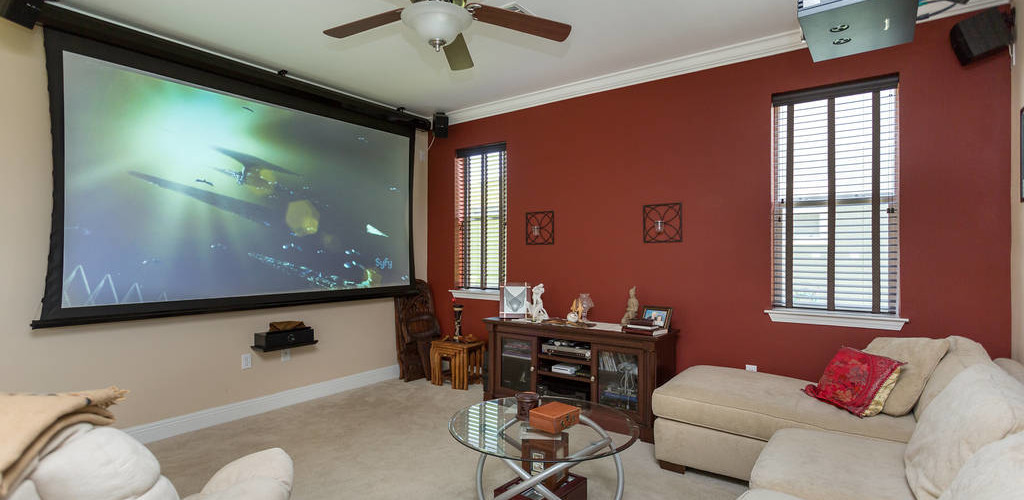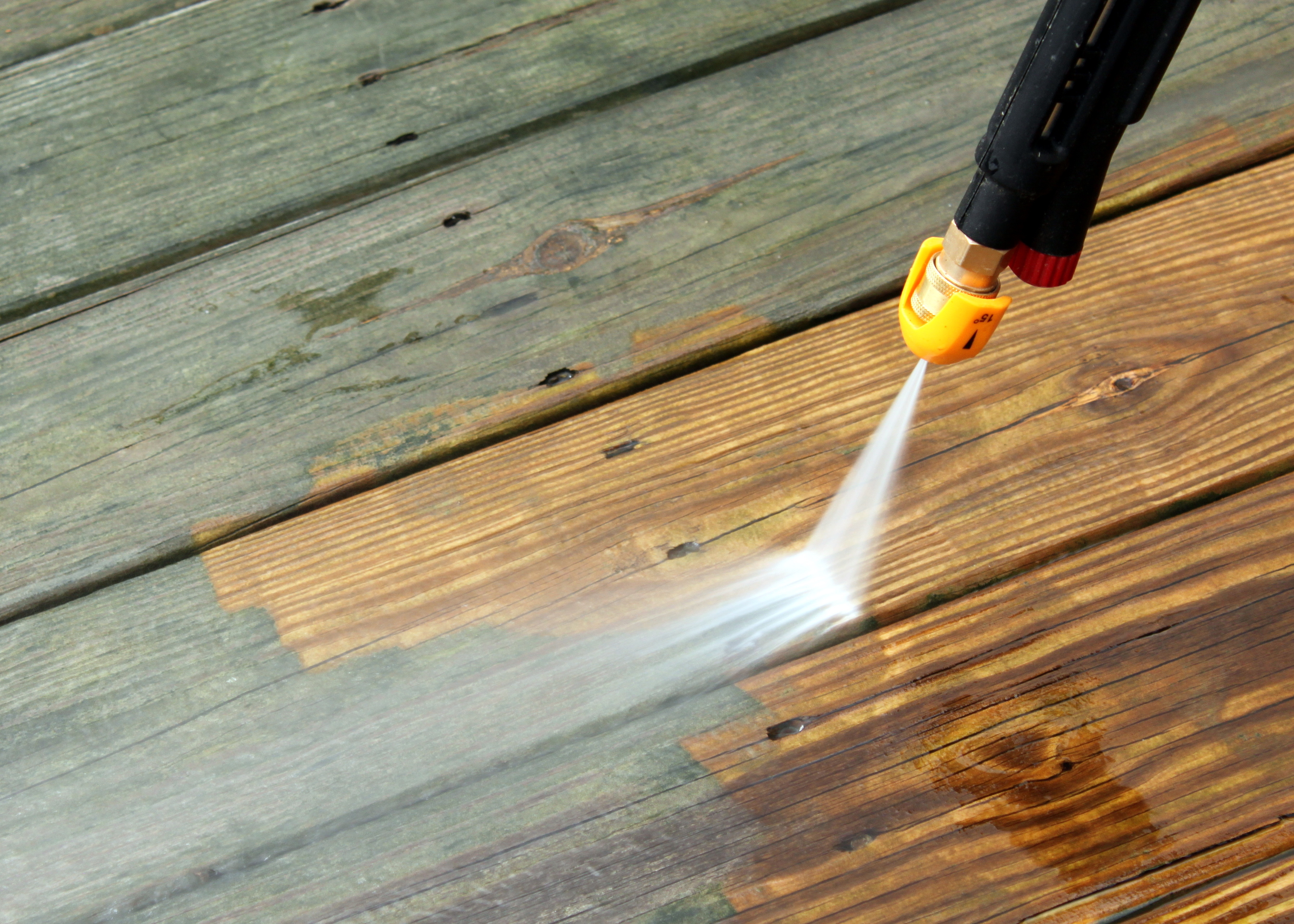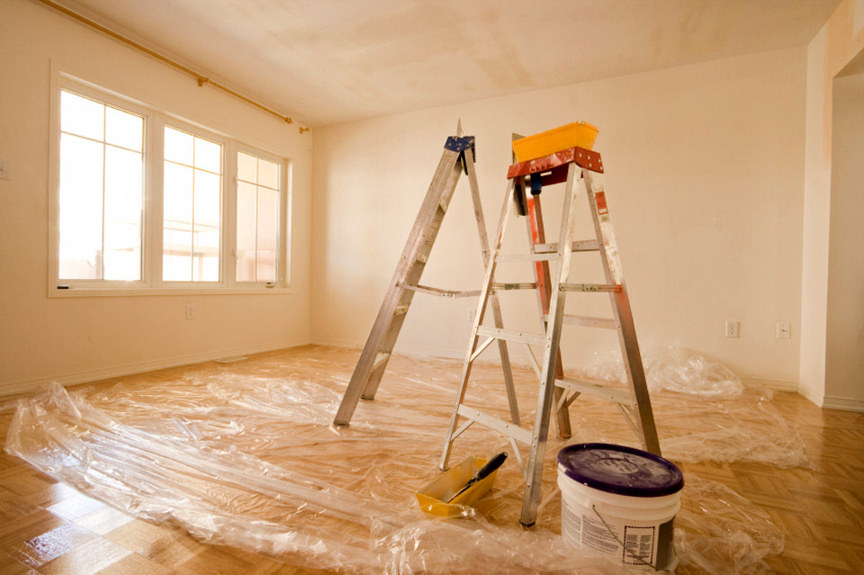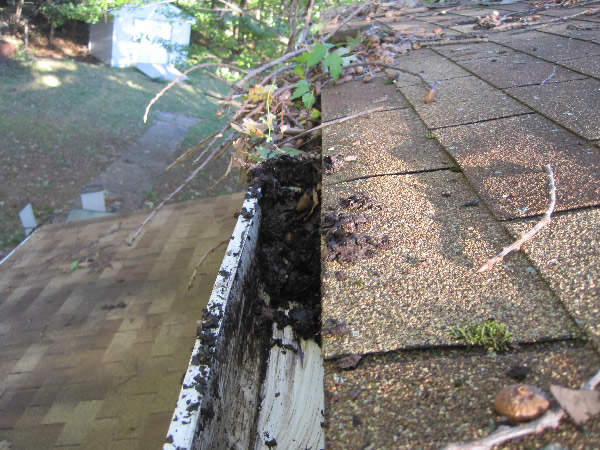Many paints and finishes can be applied using whichever tool you prefer, although some have more specific needs. Tool choice is also governed by the size and roughness of the surface, and the accuracy needed. Brushes are fairly labor-intensive to use but give fine control over application and can be used on any surface. Rollers, pads, and sprayers cover large areas evenly, quickly, and easily but can be messy and are usually unsuitable for detailed work.
Learn the basic and best way to use common painting tools.
Preparing Paint
Open the paint can using an old screwdriver or a lid-opening tool. Unless otherwise specified, use a clean wooden dowel or a power stirrer to mix the paint for at least a few minutes before use. Failure to do this can result in poor coverage and noticeable color variation across a surface. If you are using a brush, decant some into a smaller container. This will be easier to carry and prevent the rest of the paint from becoming contaminated.
Loading a Brush
Good brush technique is essential to achieve even coverage. To avoid overloading the brush, only dip it into the paint to one-third of the bristle length for water-based paint, or one-quarter of the bristle length for solvent-based paint. Then scrape off the excess on the rim of the container. With the correct amount of paint on the brush, you can begin covering the surface.
Hold the brush with your fingers at the top of the ferrule, or lower for a large brush (Image 1). Small brushes can be held like a pencil.
Dip the bristles into the paint to one-third of the bristle length. Draw both sides of the brush across the rim to remove excess
Laying Off
The majority of paints, especially if they have a sheen or are oil-based, require “laying off” to remove tool impressions from the finish. To do this, glide the unloaded painting tool very lightly over the wet paint, just touching the newly coated surface. Laying off with a brush is shown here but the principle is the same for rollers and, to a lesser extent, pads.
Apply the paint roughly to distribute the paint from the loaded brush. Use random strokes in differing directions
Lay off the paint, again using random strokes, allowing only the very tips of the bristles to glide across the freshly painted surface
Painting Wood
Woodwork is usually finished with a finish coat of semigloss or eggshell. These types of paint need to be applied particularly carefully to achieve a good finish. On large, open surfaces such as flush doors, paint should first be applied at right angles to the grain, then brushed out and laid off in line with the grain. On narrow surfaces such as baseboard or panel doors, the paint is easiest applied in line with the grain and brushed out and laid off in the same direction.
Coating a Door
Paint each section separately. Take time to lay off the paint carefully, then cut in accurately along the construction joints for a neat finish.
Cutting In
The technique known as “cutting in” is used to create a precise dividing line. You need a brush to cut in accurately, although small paint pads can sometimes be used.
Work in manageable sections along the division line. Load the brush, but take care not to overload it, then position it with its bristles into the junction. Brush it steadily along and allow the bristles of the brush to make a neat “bead” — a tiny, slightly raised line created as the paint leaves the brush. Lay off the other side of the brush stroke to finish.
In a Corner
A straight line between two areas of paint, especially a junction between surfaces, enhances the finish of a room
Decorative Woodwork
Carefully cut into the junction between the woodwork and adjoining surface
Using a Roller
Rollers apply paint over flat surfaces very quickly and easily. Several different sizes and sleeves are available. You should make sure you have the right kind of roller sleeve for the job. Rough roller sleeves can cope better with texture; smooth rollers are excellent for flat surfaces and applying paints with a sheen. Although you can apply most kinds of paint with a roller, solvent-based paint will be difficult to wash out. Rollers are not very accurate tools, so you will still need a brush to cut in to junctions and woodwork.
Pour paint carefully into the tray reservoir, keeping the paint below the point where the ribbed section of the tray begins
Push the roller along the ribbed section of the tray and then glide it over the paint surface — do not submerge it in the paint
Move the roller backward and forward slowly over the ribbed section to distribute the paint evenly over the roller sleeve
Apply the paint onto the surface in sections by rolling up and down, then “lay off” the paint with the roller
Using a Paint Sprayer
There are many variations of sprayers, so you should carefully check the manufacturer’s safety and operation instructions for the type you intend to use. Whether you are using a powerful compressed-air sprayer on a room or an aerosol can on a radiator, the aim is to build up several thin coats of paint. Spraying is a messy job, so sprayers are most useful in rooms empty of furniture and floor coverings, or for exteriors. When spraying paint you should always wear a mask and goggles, and any other specified safety equipment.
Pour paint into the sprayer reservoir. Normal latex paint diluted with 10 percent water, or paint designed for spraying is used.
Assemble the sprayer following the manufacturer’s instructions
Try spraying on a sheet of scrap paper or similar. Adjust the flow until you can achieve a fairly even coat with no drips. Turn knob to adjust flow
Spray back and forth over the surface. Apply a thin coat, allow to dry, then add more coats until you achieve good coverage
Using a Paint Pad
The most common design of paint pad is used in a very similar way to a roller. You can use a normal paint tray or a specially designed tray, some of which have a wheel to distribute paint evenly from the reservoir onto the pad.
Small pads are available for more detailed work. They can be used to cut in at a junction. Uneven surfaces are best finished using a brush to follow the slight contours. Cut in with a brush, then lay off the brush marks as close as you can to the junction using the pad.
Dip the pad into the paint held in the reservoir, then move it across the ribbed section of the tray to remove the excess
Apply paint to the wall surface with an up-and-down motion. The pad should create a very even coat without the need for laying off.
Disposing of Paint Safely
To thoroughly clean tools that were used with water-based paints, you need a large amount of water. The waste water must go into the sewer system.
Mineral spirits or thinners used to clean up oil-based paints, and old paint cans, must be disposed of as advised by your municipality, often at a recycling facility. Always try to use up oil-based paints to avoid having to manage disposal issues.





